CC Lee 1/144 F-15C Eagle
In the mid-60s, while the TFX (F-111) project was running full steam ahead in order to provide both the USAF and the USN their future medium/long range tactical aircraft, the Air Force considered a new shorter range tactical fighter to replace several existing types.
By that time, the new doctrine that emerged after early Vietnam War results analysis, favored maneuverability over absolute speed, dictating good performance within visual engagement rules, an area where contemporary U.S. planes were not so good at.
The subsequent request for proposals issued in September 1968, called for a twin engine, single-seat fighter with a maximum take-off weight of 40,000 pounds for the air-to-air role, a maximum speed of Mach 2.5 and a thrust-to-weight ratio of 1:1 at mission weight.
This is the 1/144 CC Lee F-15C, a direct copy of the 1974 Otaki mold. By all means an elderly, simplistic kit with acceptable general shape but with detail at key areas varying from toy-ish (landing gear) to nonexistent (cockpit).
Should you wish to read the full build review, you may do so by visiting my beloved site Modelingmadness:
https://modelingmadness.com/review/mod/us/usaf/fighter/pen15.htm
Happy Modelling!
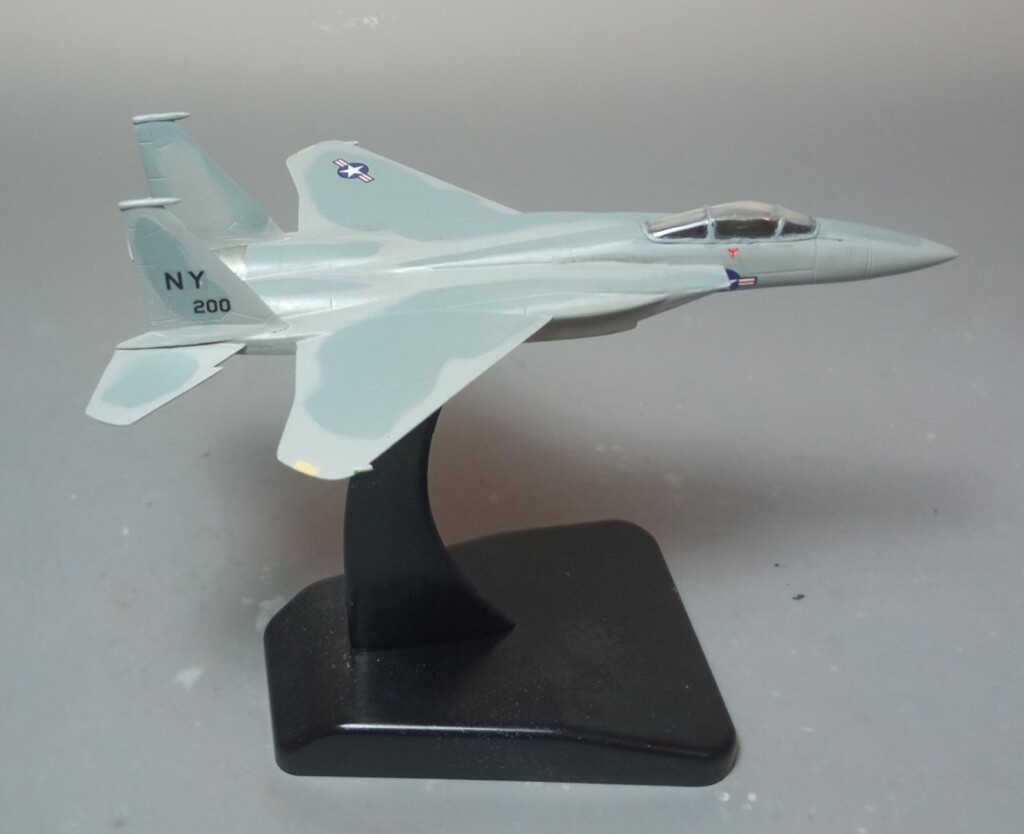
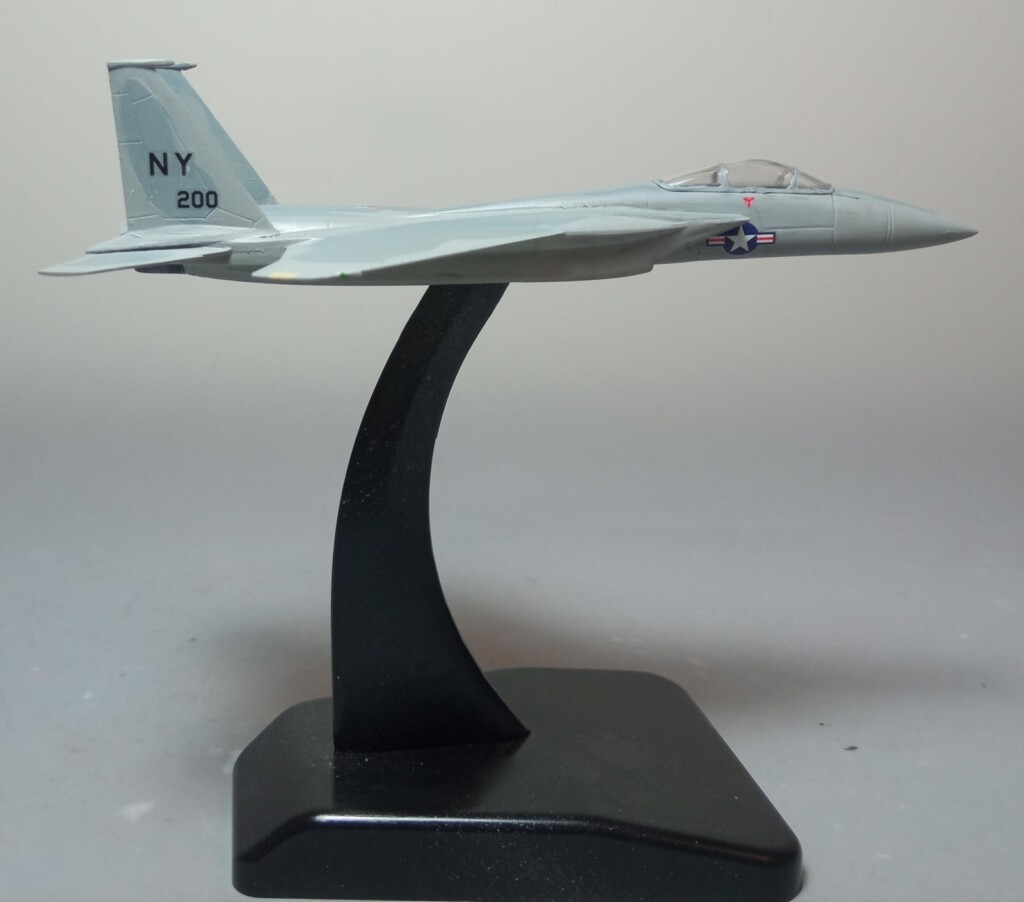
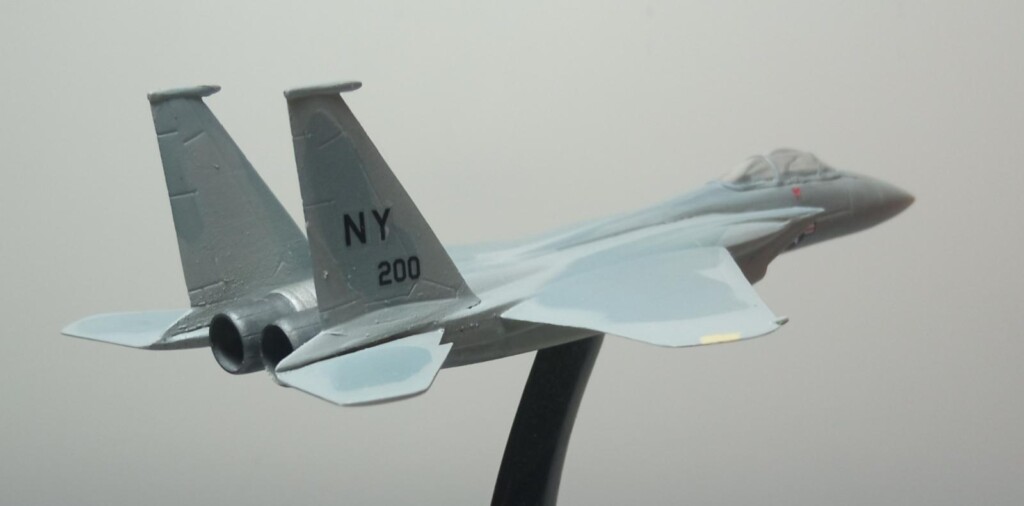
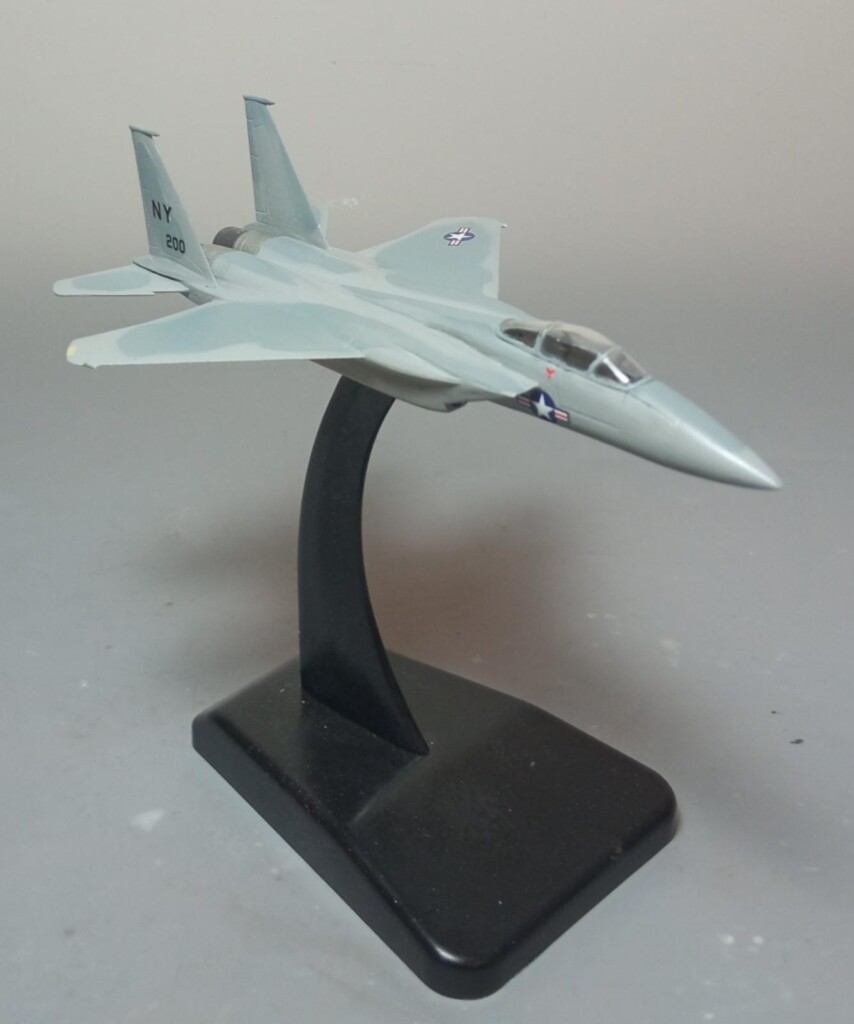
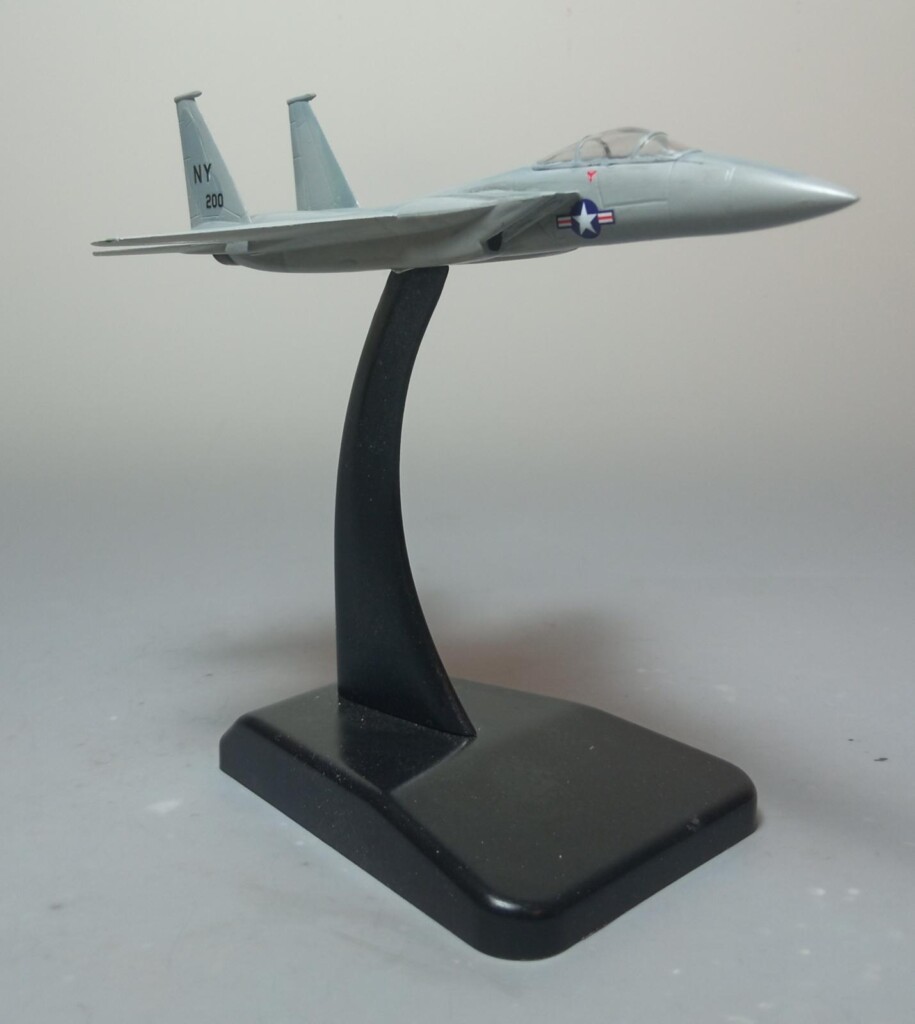

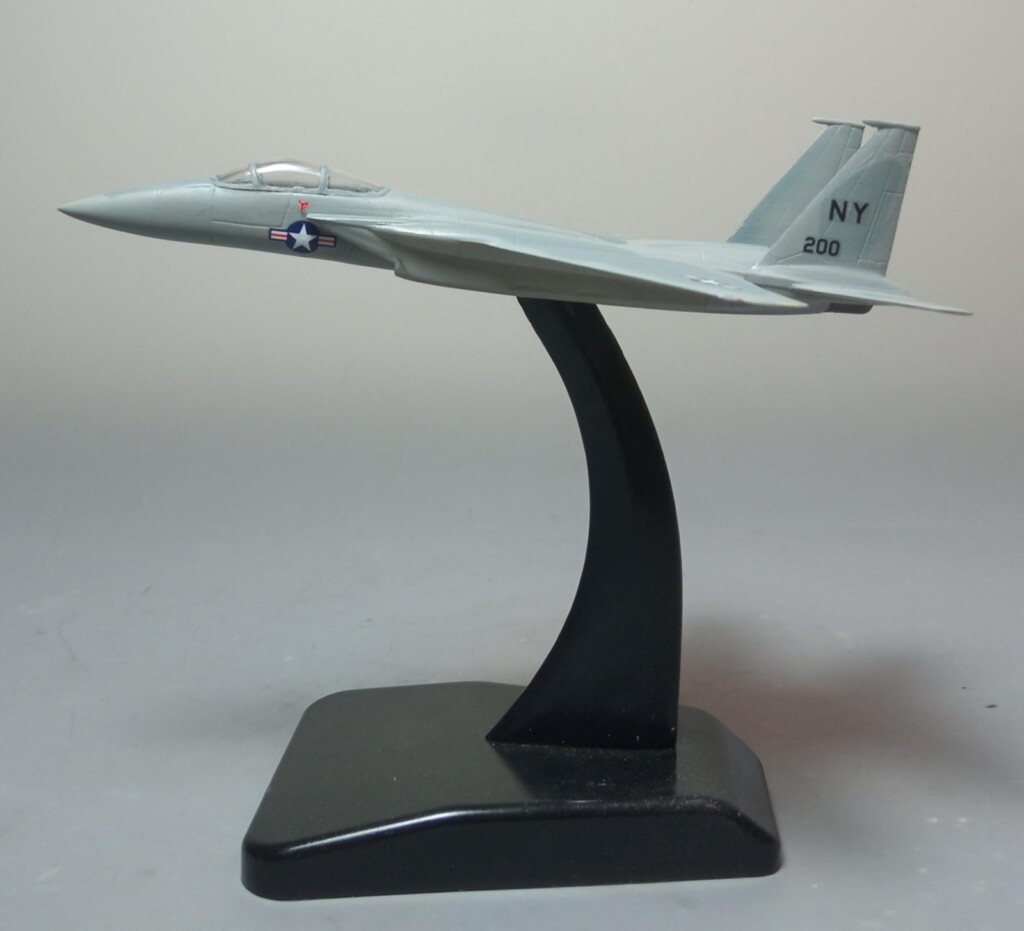
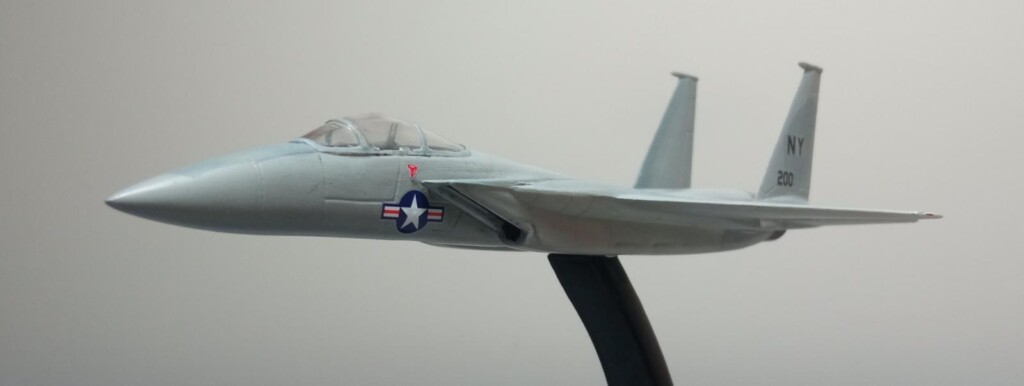
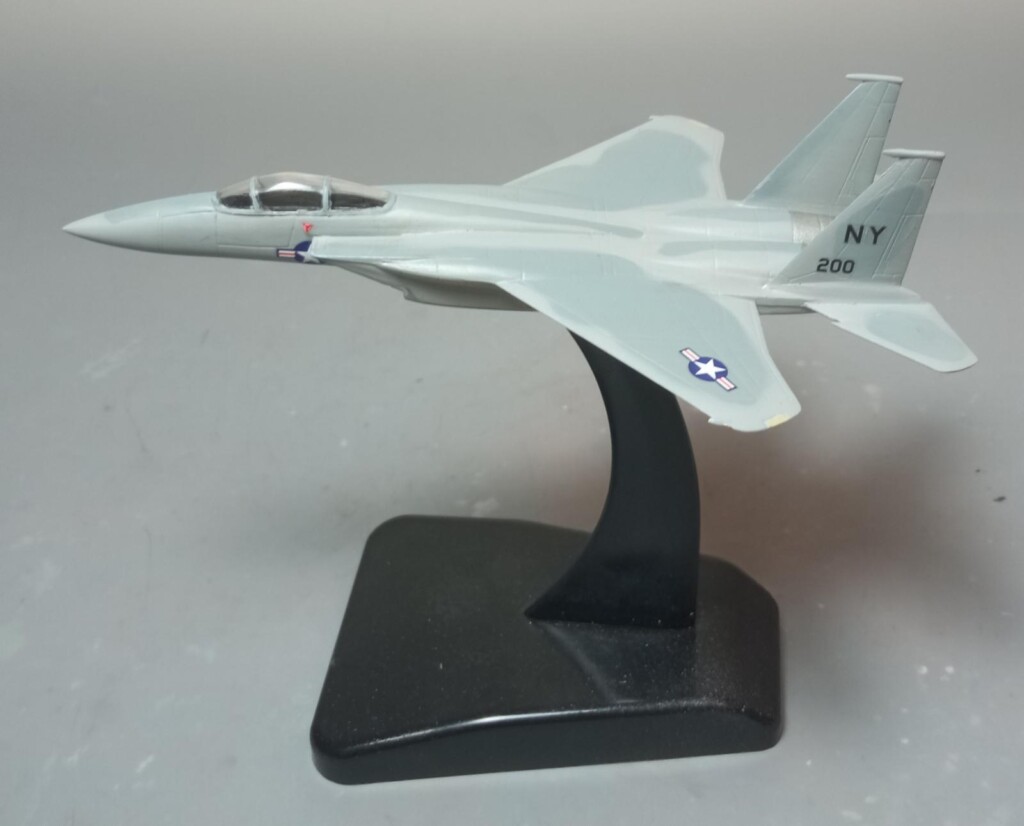

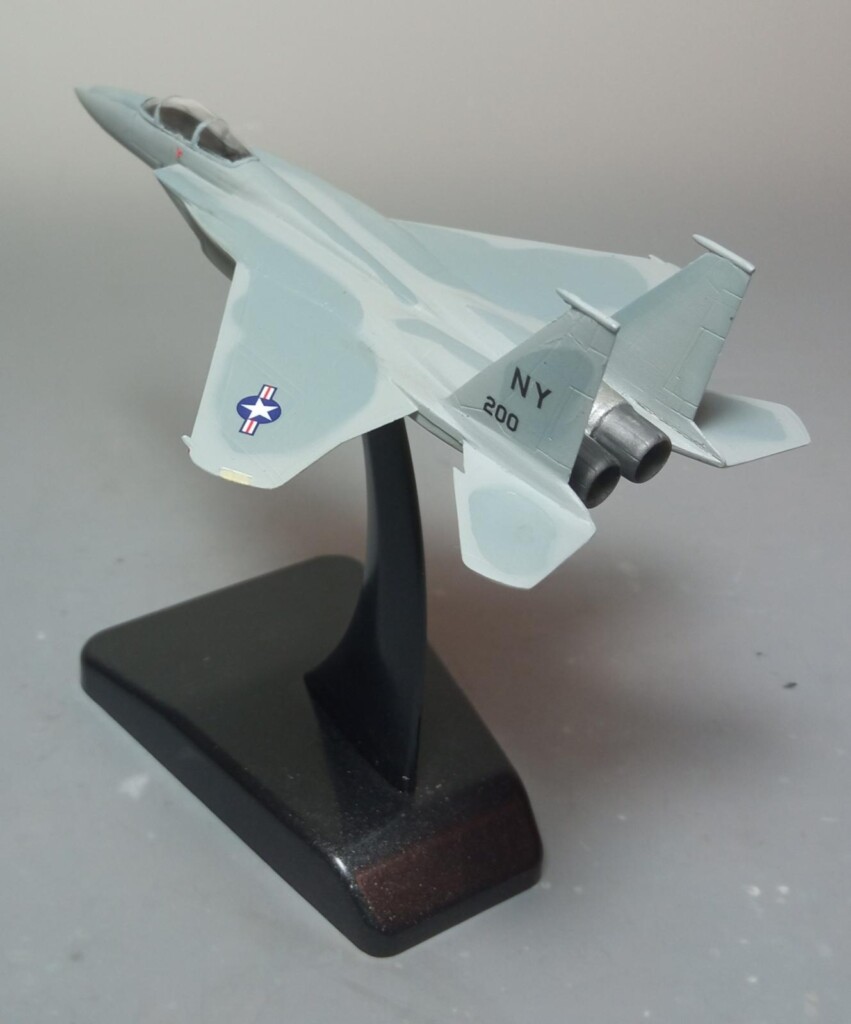
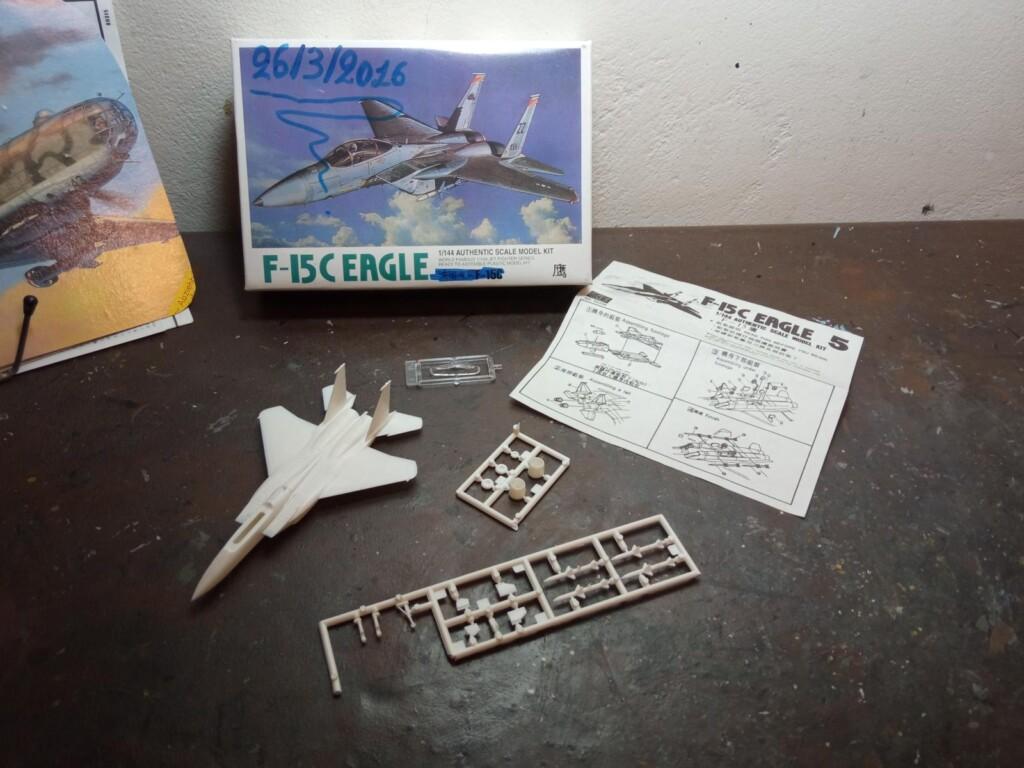

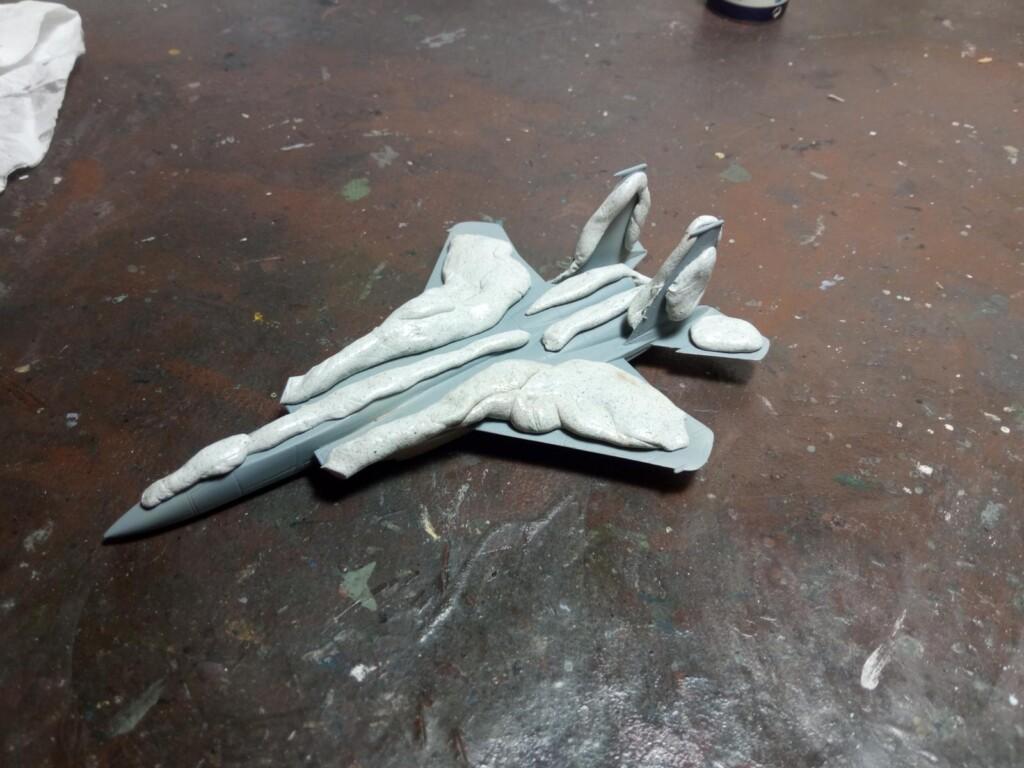
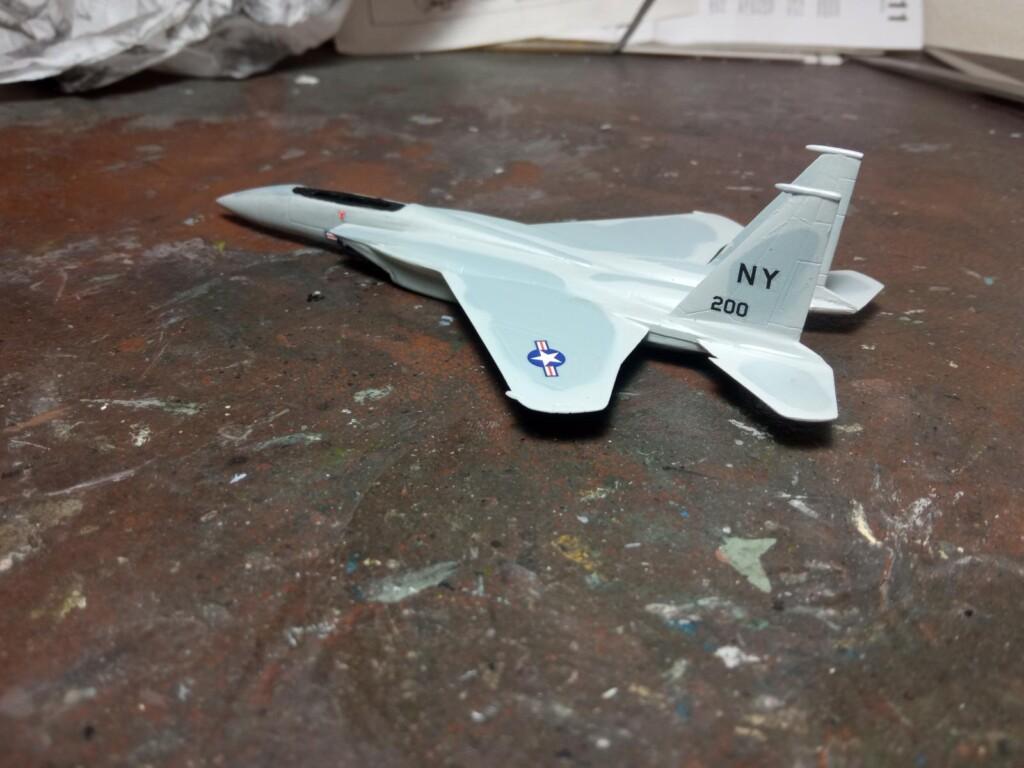
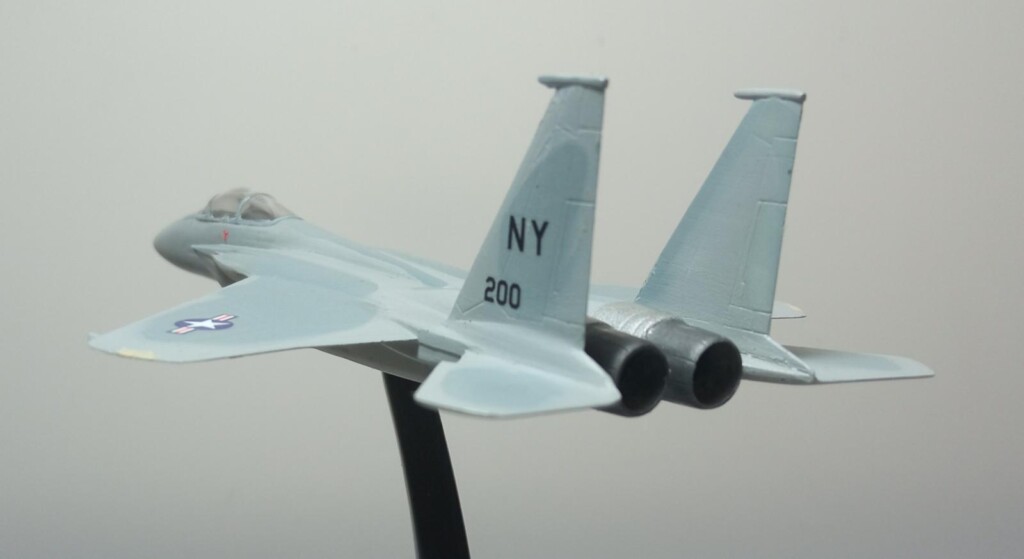
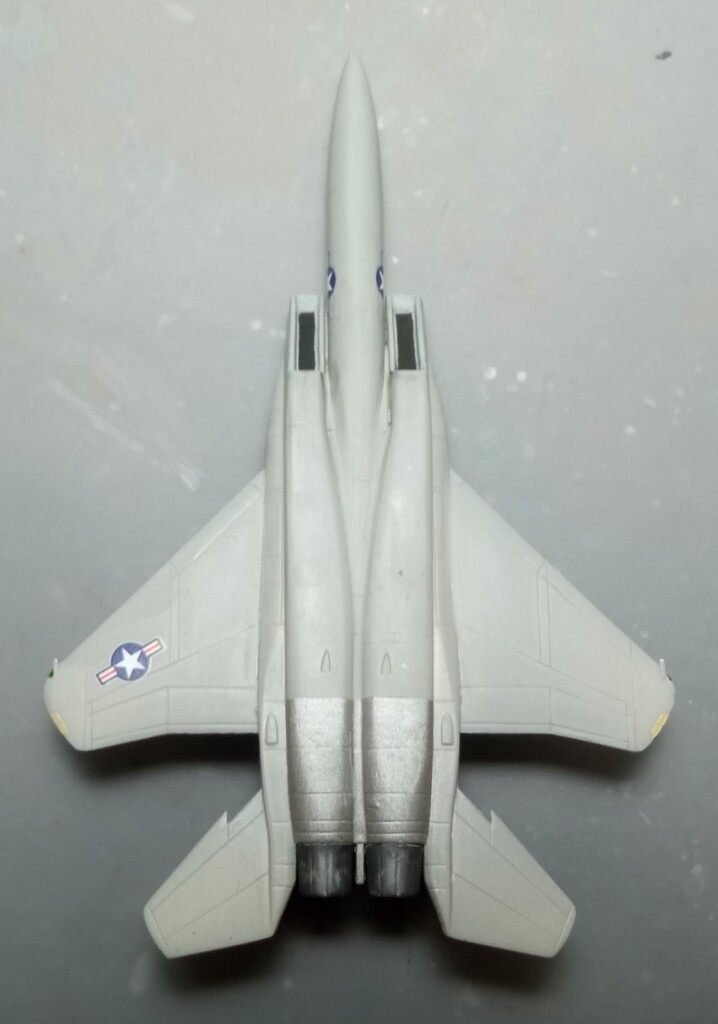
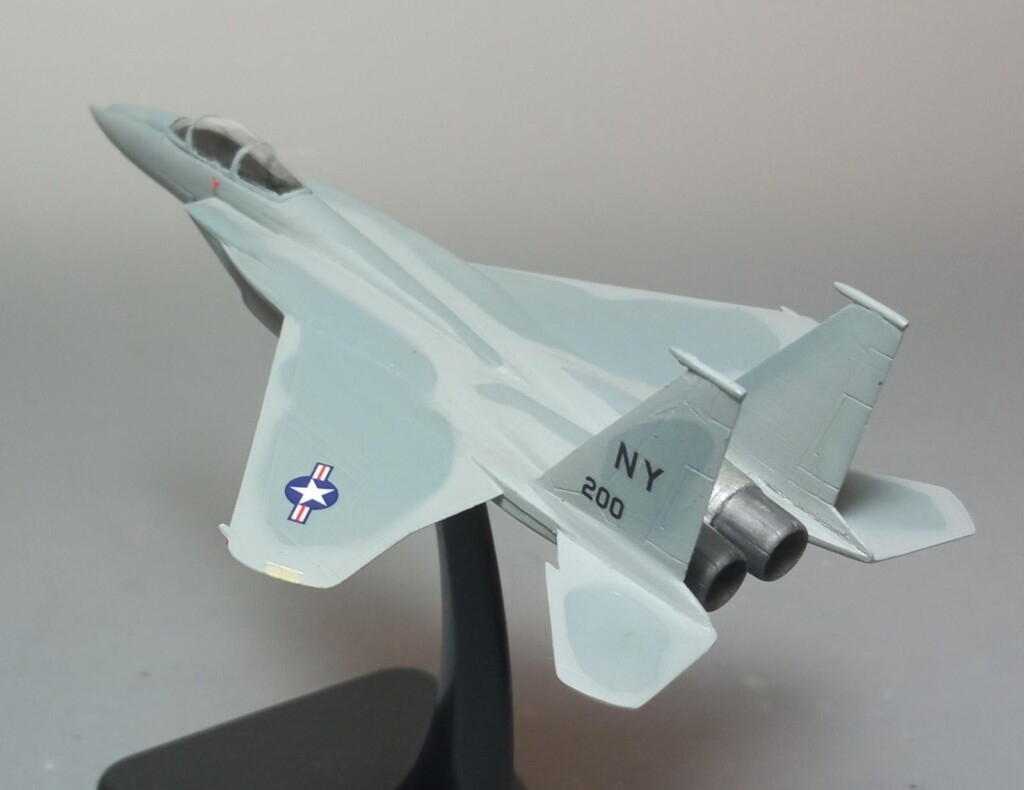
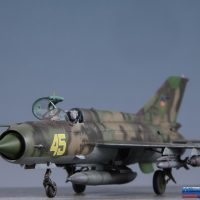
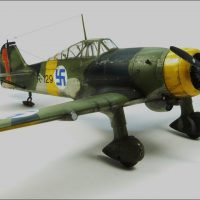
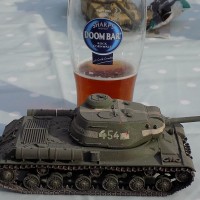
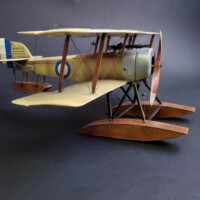
Absolutely stunning result on this little Eagle, Spiros @fiveten
Very nice to see her displayed in airborne condition.
Thanks for the informative article, well done.
Thank you so much, my friend @johnb!
What a pretty little model! Definitely one to build in a weekend but your skills have made it look something special.
Thank you kindly, my friend @christopher!
Nice work in this scale, Spiros, reading your description of the undercarriage I can see why you made it an in-flight display.
Thanks my friend @chinesegeorge! Yes, a toy-ish undercarriage...
So small so cute 🙂
Thanks my friend @lis!
An interesting model of an early F-15; I think it's nice to show the elegantly powerful lines without any payload; it comes across all the better this way. Great performance in 1:144 and with an already aged model!
Thank you so much, my friend @rosachsenhofer!
Well done and very interesting - nice and clean looking without all the junk hanging on it!
Thanks so much, my friend @chasbunch!
Sleek little beastie, Spiros! 🤩 @fiveten, you make them all look great, Spiros, no matter what scale they're in; you, good sir, are one kick-*ss modeler! 😁
Thank you so much my friend @garybrantley!
Nice little Eagle, Spiros @fiveten. Are you working on another Greif judging by the ref book poking out to the left in one of your photos?
Thanks my friend @eb801! Yup, it is a Grief I must finish one day.
Nice work, Spiros. @fiveten
Thanks a lot, my friend @jdtruby!
Think you got the best out of this little, ancient, and rather simplistic kit.
Looking very elegantly without the usual payload and gear up. Nice piece of work!
Thanks a lot, my friend @alfred!
Nice work on a tiny scale!
Thanks a lot, my friend @dbdlee!
I admire Spiros that you can put together such a small model. Small, cute, handsome.
Thank you kindly, my friend @milantesar!
Impressive work in this tiny scale, Spiros!
Thanks a lot, my friend @georgeswork!
Nice "Eaglet!"
Thanks so much, my friend @gkittinger!
This is awesome! Beautiful craftsmanship!
Thank you so much, my friend @aaronbouma!